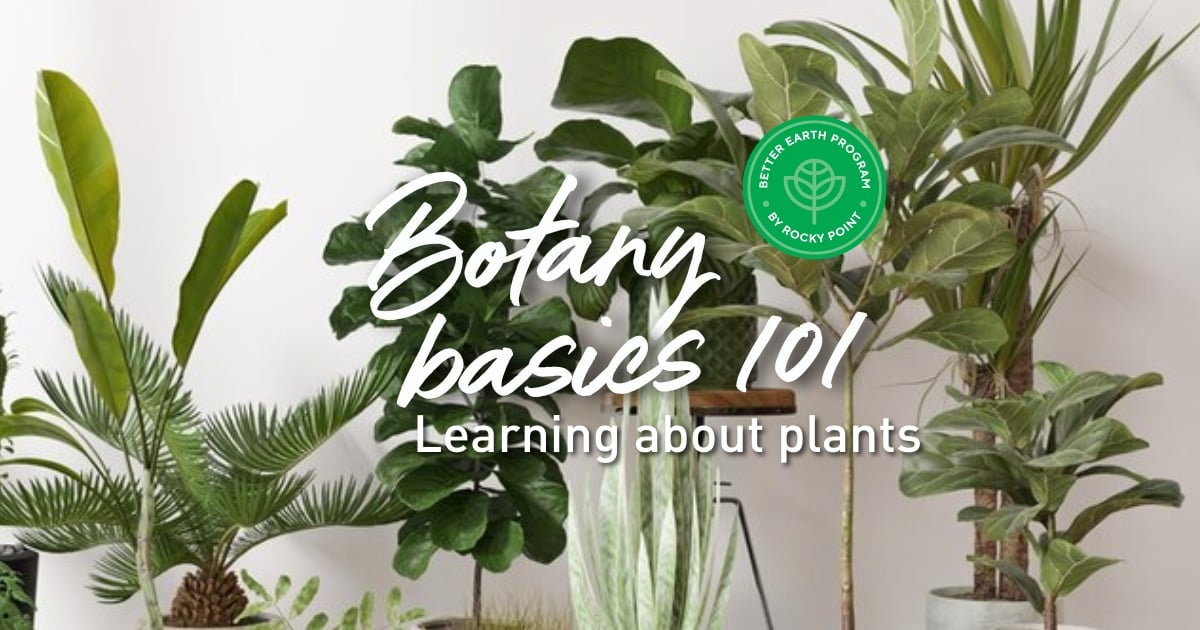Understanding the physiology of plants and the functions of each part is essential for home gardeners. It is common to overlook the roles of different plant components, such as the necessity of pollination for fruit production.
Plants have a relatively simple body plan.
A plant can be split into two sections: the underground system known as the roots, and the above-ground shoots, comprising stems, branches, and leaves.
Plant physiology deals with different plant structures and their function. It entails analysing and understanding processes in plants, namely – photosynthesis, mineral nutrition, respiration, transportation, and ultimately plant development and growth, which are traits displayed by living entities.
Plant parts
Roots: roots anchor the plants in the soil and absorb water and nutrients that are needed by the rest of the plant.
Stems: stems support the upper part of the plant and act as a transport system/network for nutrients, water, sugars, and starches. Photosynthesis can occur in the stem of some plants such as cacti, celery, asparagus, and bananas.
Leaves: leaves are the parts of the plant where photosynthesis usually occurs – where food for the plant is made. The green pigment called chlorophyll, captures light energy from the sun and uses it to convert water and carbon dioxide into plant food and oxygen.
Flowers: are the reproductive part of the plants. They often have showy petals and fragrance to attract pollinators such as bees, butterflies, moths, and other insects. Most flowers have four main parts; petals, stamen (anther (pollen) and filament – male part), pistil (stigma, style and ovary – female part), and sepals, which are the cover of the flower bud before they open.
After flowers are pollinated (pollen has made its way to the pistil) and fertilised, they produce seeds in the ovary of the flower.
Fruits: fruits are the fleshy substance that usually surround the seeds. They protect the seeds and attract animals to eat them. This helps with seed dispersal in the natural environment.
Seeds: seeds contain plant material that can develop into another plant. This plant material is called an embryo. Seeds are covered with a protective seed coat and have one or two cotyledons. Cotyledons are the food for the baby plant until it can make its own food from sunlight, water and nutrients, and are the first embryonic leaves of the plant.
the physiology of plants and the functions of each part is essential for home gardeners. It is common to overlook the roles of different plant components, such as the necessity of pollination for fruit production
_MEB.png?width=842&height=596&name=RP_HorizontalColour(R)_MEB.png)



